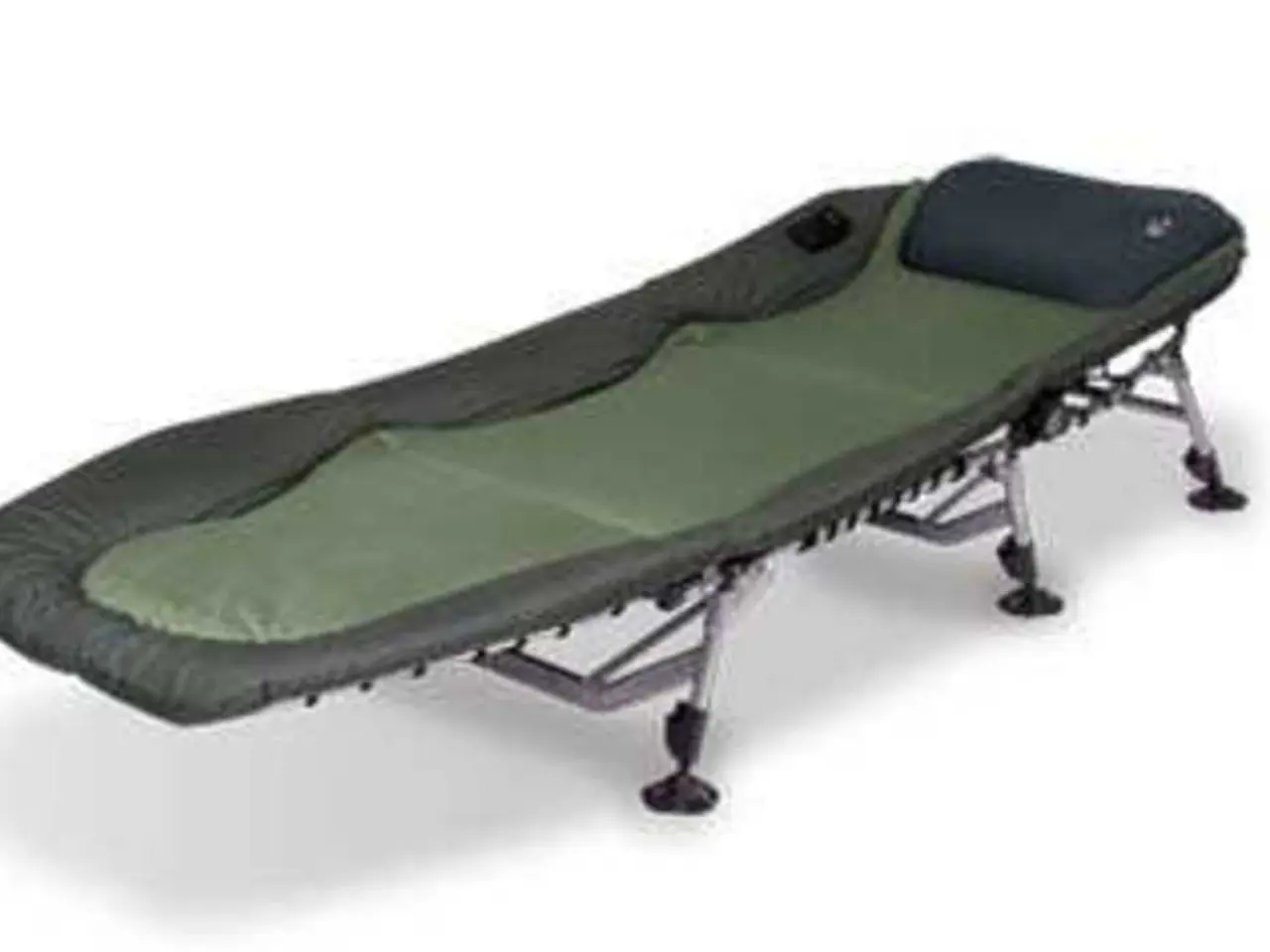Causes and solutions for unintentional leg jerking, along with associated symptoms and potential remedies.
Pathologic myoclonus, a condition characterised by sudden, involuntary muscle contractions, can affect various body parts, including the legs. This article explores the common causes, treatments, and practical considerations for pathologic myoclonus.
Common causes of pathologic myoclonus include neurologic disorders such as epilepsy, Parkinson's disease, multiple sclerosis, and dementia (e.g., Creutzfeldt-Jakob disease). Metabolic disturbances, like liver or kidney failure, electrolyte imbalances, hypoxia, and hypoglycemia, can also precipitate myoclonus. Certain medications and toxins, such as opioids, antidepressants, anesthetics, heavy metals, and pesticides, can induce myoclonic jerks. Genetic disorders, peripheral nervous system causes, and central nervous system insults (e.g., trauma, stroke, or infections) are other potential triggers.
Treatment for pathologic myoclonus may involve pharmacologic therapy, non-pharmacologic approaches, or a combination of both. Anticonvulsants, benzodiazepines, anticholinergics, and other agents have shown benefit in clinical practice, though there is no universally effective medication. Supportive therapies, such as relaxation techniques, psychotherapy, and physical therapy, may help manage symptoms. In rare, refractory cases, procedures like deep brain stimulation or surgical tenotomy may be considered.
A multidisciplinary approach is often necessary, involving physiatrists, neurologists, and physical/occupational therapists, to address both the neurologic and functional impact of myoclonus.
When myoclonus is localized to the legs, it is important to consider both central (brain or spinal cord) and peripheral (nerve root or plexus) etiologies. Focal therapies, such as botulinum toxin injections, may be particularly relevant for persistent leg twitching.
In diagnosing the cause of leg twitching, a thorough workup, including MRI, EEG, and metabolic/laboratory testing, is essential. Treating the underlying medical condition should help reduce the frequency and severity of leg twitching. If leg twitching persists, worsens, or occurs alongside other worrying symptoms, it should be a reason to see a doctor.
In conclusion, understanding pathologic myoclonus and its causes, treatments, and practical considerations can help improve quality of life for patients, including those with leg twitching. By addressing both the root cause and the symptoms, a tailored approach can provide relief for those affected by this condition.
- In addition to neurological disorders like epilepsy, Parkinson's disease, multiple sclerosis, and dementia, metabolic disturbances, certain medications, toxins, genetic disorders, peripheral nervous system causes, and central nervous system insults can also trigger pathologic myoclonus.
2.Chronic diseases such as obesity, mental health issues, and neurological disorders like multiple sclerosis, sclerosis, and epilepsy are often associated with multiple medical-conditions.
3.Apart from pharmacologic therapy, non-pharmacologic approaches like relaxation techniques, psychotherapy, and physical therapy can be beneficial in managing symptoms of pathologic myoclonus.
4.Fitness and exercise, an essential component of health and wellness, can play a role in reducing the frequency and severity of pathologic myoclonus by promoting overall physical health.
5.Nutrition, an important aspect of mental health, can influencing the manifestation and severity of pathologic myoclonus, as certain nutritional deficiencies or imbalances may precipitate myoclonus.
6.Predictive models in the field of science could potentially help healthcare professionals anticipate and better manage pathologic myoclonus by identifying high-risk populations and monitoring aggravating factors.
7.Understanding the underlying causes of pathologic myoclonus, including triggers like hypoxia, hypoglycemia, and exposure to toxins, is crucial for developing effective treatments and appropriate management strategies.




